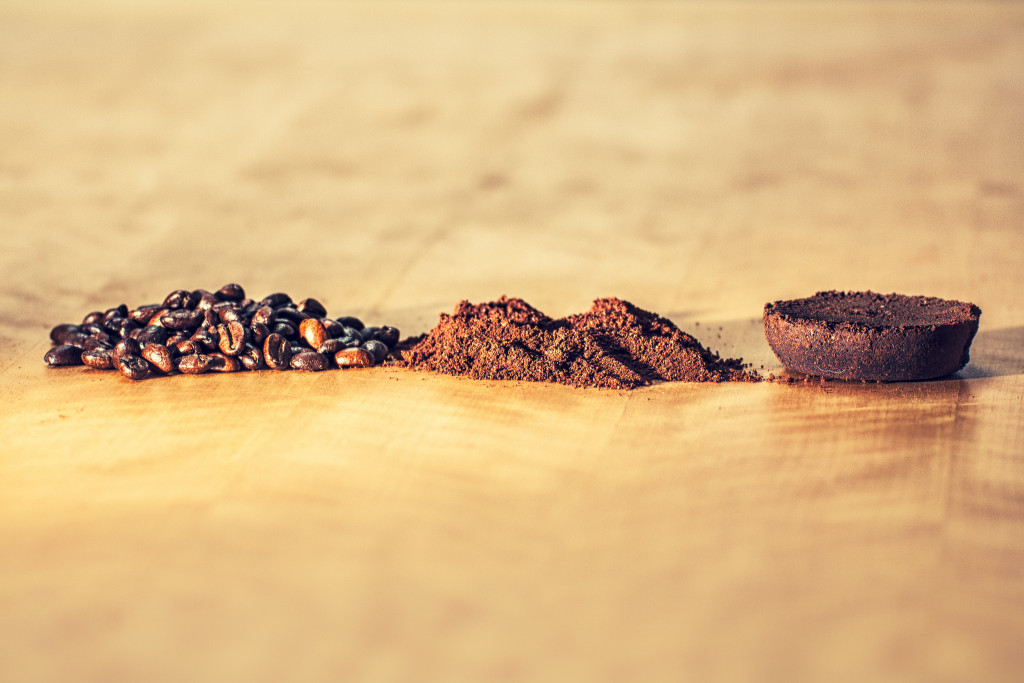
Coffee is the second most valuable commodity in the world after oil. This $100-billion-dollar-a-year industry plays a major role in the global economy. It also has a significant impact on the environment. Processing coffee produces more than 2 billion tons of byproducts annually.
The two primary byproducts of the coffee industry are coffee silverskin, which is the skin of the coffee bean that is generally removed during processing after the beans are dried; and coffee grounds. Traditionally, there have been few uses or practical applications for these waste products.
Coffee grounds are occasionally used as skin exfoliants or as abrasive cleaners. They are also sometimes used in fertilizing certain plants. But for the most part, coffee waste has been considered to be useless and the bulk of it ends up in landfills across the globe.
Recently, a research team at the University of Grenada has studied the potential for using coffee byproducts for nutritional purposes. In an article published in the journal Food Science and Technology, they reported that both silverskin and grounds have powerful antioxidant and antimicrobial properties. The antioxidant effects are actually 500 times greater than those found in vitamin C. High levels of melanoidins, which are produced in the roasting process, could make the grounds useful for preventing harmful pathogens from growing in food products.
If the billions of tons of coffee waste could be put to practical use, it would reduce the load on landfills as well as benefitting coffee producers, recycling companies, the health sector, and consumers.
**********
.
Web Links
Antioxidant effects of coffee by-products 500 times greater than vitamin C
Photo, posted March 2, 2013, courtesy of Thomas via Flickr.
.
Earth Wise is a production of WAMC Northeast Public Radio.
